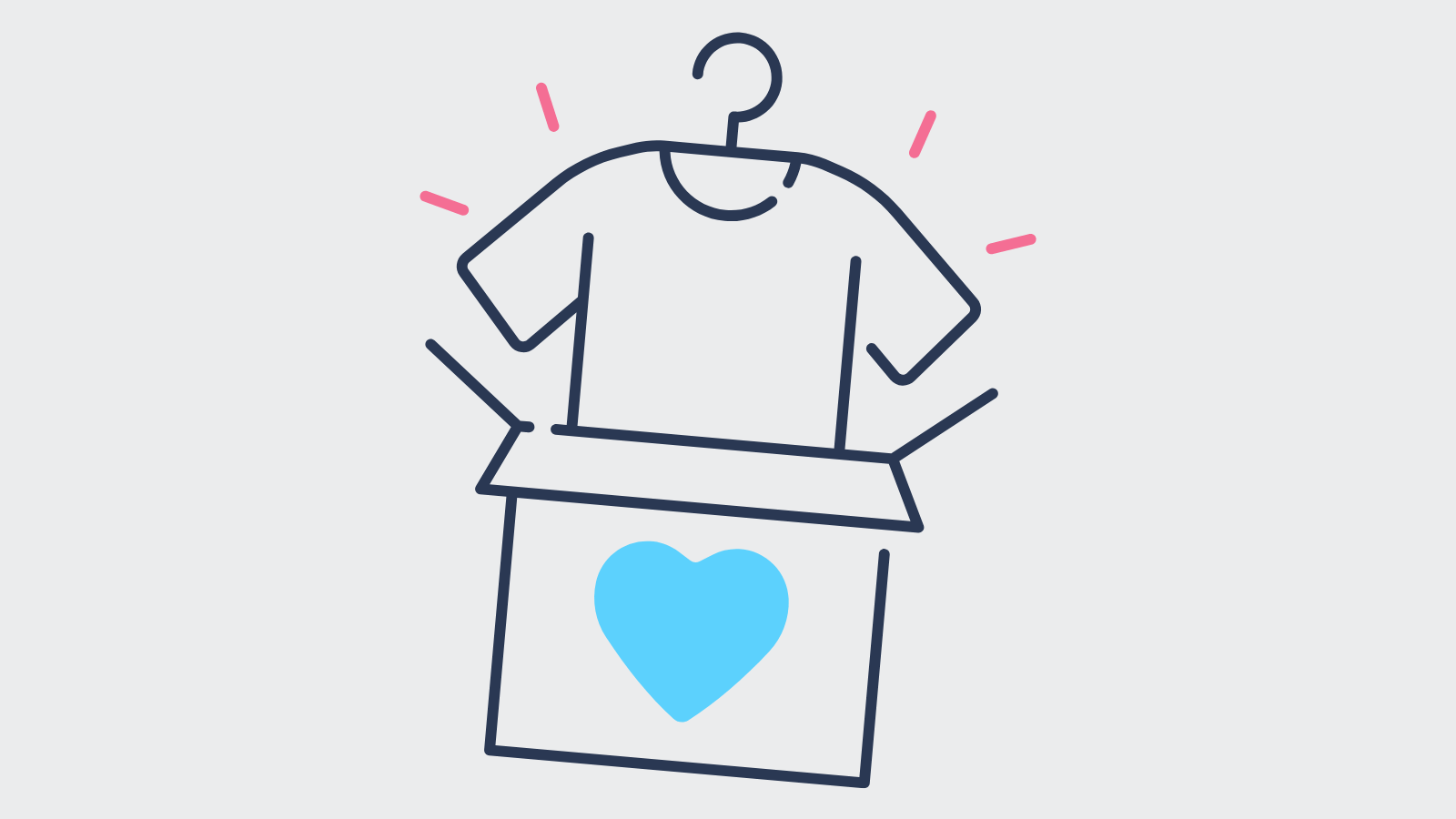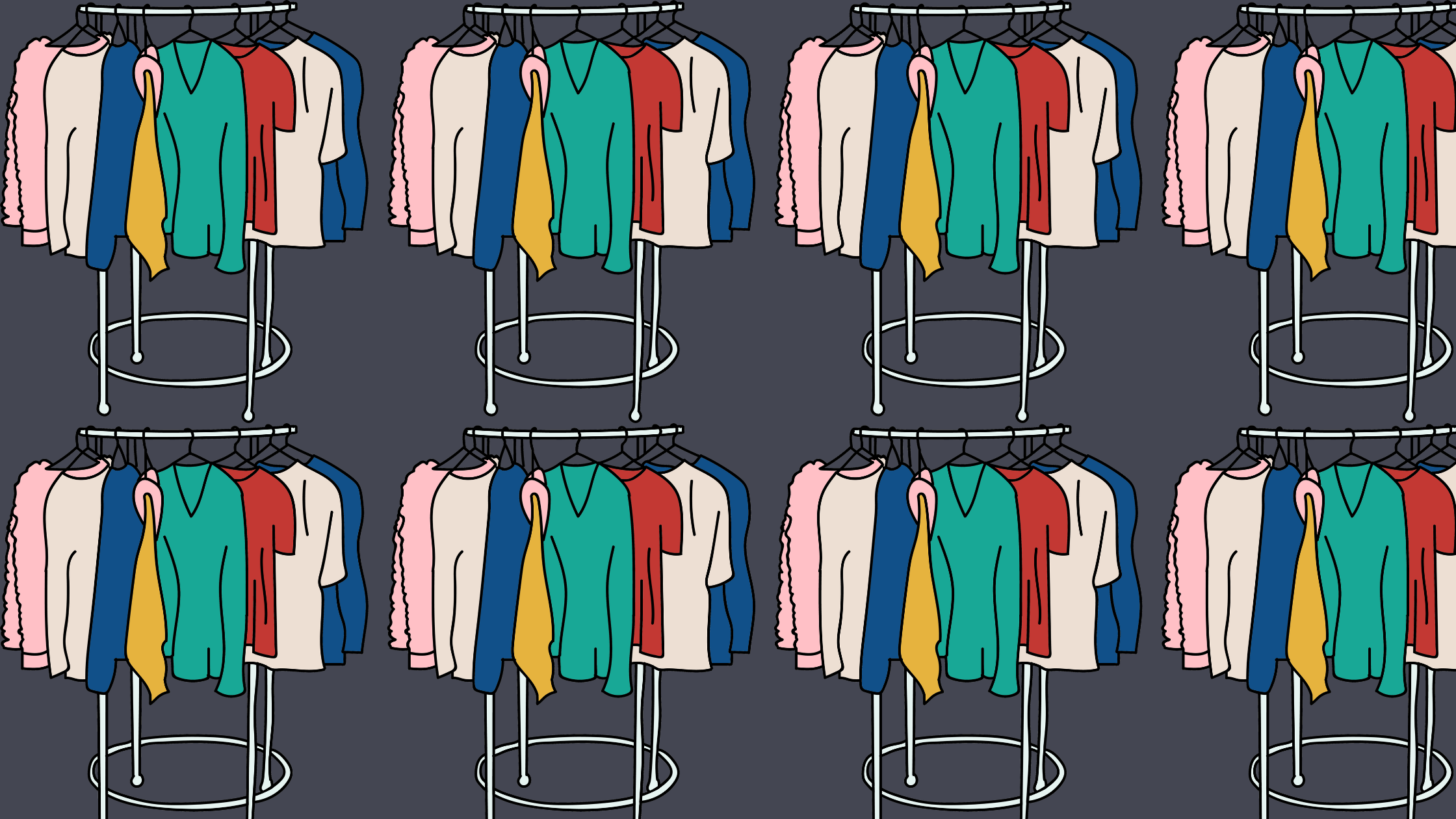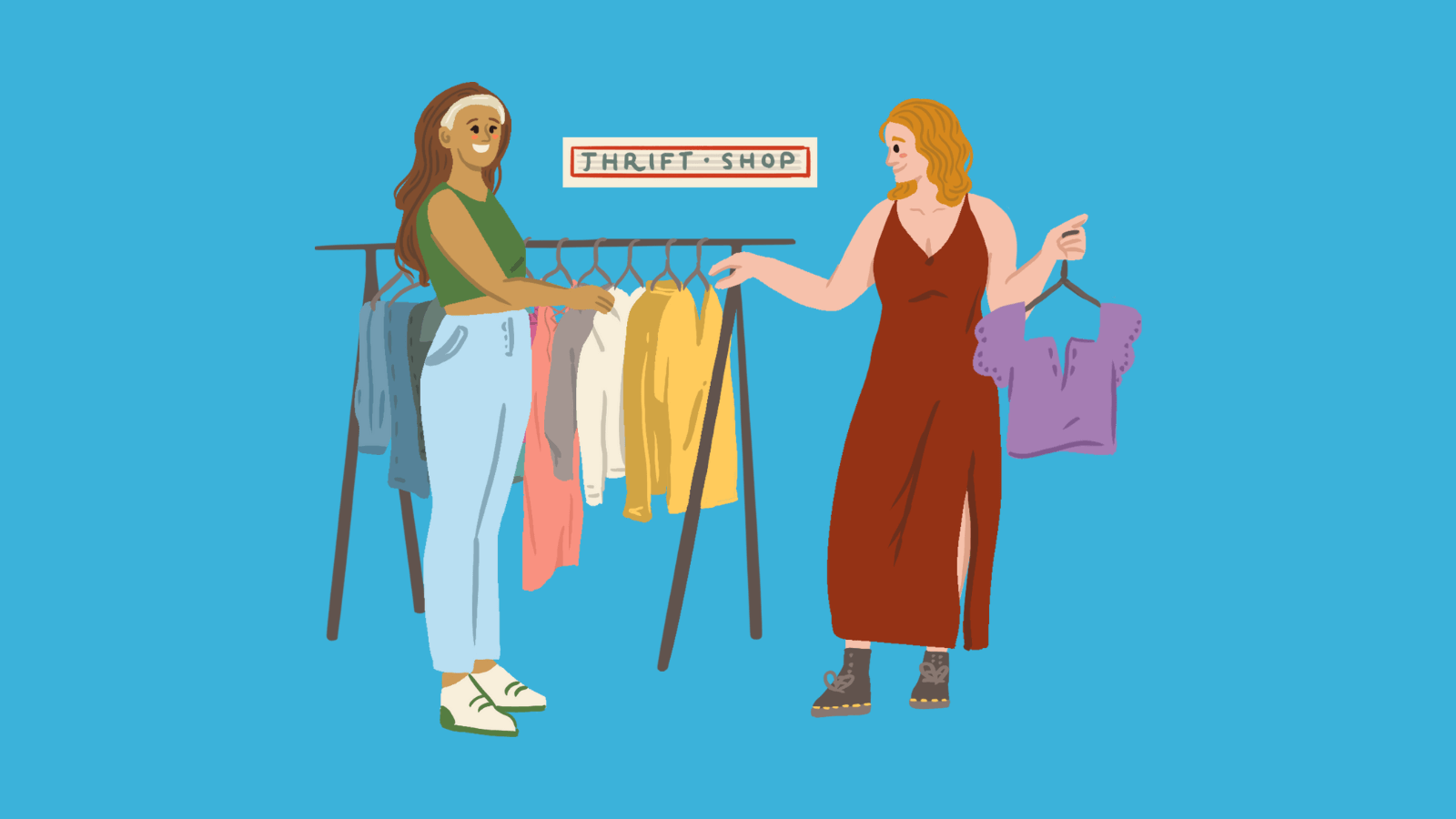What is Consignment?
Consignment is a business model in which a retailer, also referred to as a consignee, agrees to pay a seller, also known as a consignor, for merchandise after the item sells. Consignment businesses are usually retail stores that specialize in a specific type of product.
The consignment business accepts items for sale and agrees to pay the seller a percentage of the profits if and when the items sell. Consignment stores are often referred to as thrift shops or second-hand stores.
The English word consignment comes from the French word “consigner,” which means “to deposit.”
Consignment Pricing Arrangements
The pricing arrangement for consignment depends on the retailer. The most common options are 50/50, 40/60, and 60/40. Which party gets more of the proceeds depends on how successful the store is.
Like with any other retail business, the higher the demand and quality of the item, the higher the profit for both retailer and seller.

What Types of Businesses Use Consignment Sales?
Consignment sales are popular for niche products. Many consignment shops sell second-hand goods donated by individuals. Some examples of goods that are frequently sold using the consignment business model include:
- Antiques and collectibles
- Magazines and newspapers
- Furniture
- Musical instruments
- Clothes and shoes
- Toys and baby accessories
- Sports equipment
How Does Selling on Consignment Work?
A consignment selling arrangement often begins with a consignor asking a consignee how many of their goods they can sell in a certain length of time. Then, they determine how much the consignor can pay the consignee for each unit they sell. While each agreement is different, some popular arrangements include a 50/50, 40/60, or 60/40 revenue split. After that, the consignor establishes a deadline when the consignee needs to return any goods they didn’t sell to the consignor. If they return the unsold goods before this date, they don’t have to pay for them. If they don’t, they do have to pay for them.
Once both parties have established these terms, the consignor delivers the number of goods they agreed on to the consignee. The consignee doesn't pay the consignor for the items upfront at the time of delivery, but after they sell the goods. At this time, the consignor updates their inventory and balance sheet by recording a credit to sales or debit to cash transaction.
.png?width=1600&name=A%20closeup%20graphic%20of%20a%20handshake%20(1).png)
Pros and Cons of Selling on Consignment
Consignment selling arrangements usually benefit both the consignor and the consignee, but everything has advantages and disadvantages. Here are a few pros and cons to keep in mind before you enter a consignment agreement as either type of party.

Pros for Consignors
People often become consignors because they have stuff on hand that they want to make some cash from selling. There are other benefits to the arrangement as well, including:
- Saving money on inventory and storage
- Making sure products directly reach customers
Saving Money on Inventory and Storage
The cost of buying or renting a warehouse for inventory storage is one of the biggest hurdles for starting a retail business. Consignment arrangements, like dropshipping and other ecommerce business models, allow sellers to earn money from selling items without having to store anything.

Making Sure Products Directly Reach Customers
Buying and selling online may be the norm for many industries now, but there are still some products that sell better if customers can see and test them first. For example, furniture, vehicles, collectibles, and machinery. Many such products are often sold on consignment. If a customer can buy such a product in person at a second-hand store, they are more likely to be happy with their purchase. The seller also has more control over it reaching them.

Pros for Consignees
A few of the benefits of consignment selling for the consignee include:
- Avoiding losing money from unsold products
- Can send back unsold products
- Trying out selling new products
Avoiding Losing Money From Unsold Products
Retailers don’t always sell every product they get from their suppliers. This can lead to surplus inventory and the problems that come along with it. The consignment business model lets retailers avoid these problems because they don’t have to pay unless the product sells.

Can Send Back Unsold Products
Similarly, consignment agreements often allow the retailer to return unsold items to the seller if the product doesn’t sell in a certain length of time. This saves space in the store and the hassle of holding onto items that nobody wants.

Trying Out Selling New Products
Not every business can experiment with selling products that they’ve never sold before. This is because they don’t know how the products will fare in the market, and they won’t want to risk investing in something they’re not sure about. But with the consignment model, they can experiment with selling new products without losing money if the products don’t sell.

Eliminating lag time
Typical retail businesses restock their inventories monthly or quarterly based on demand for their products. One problem with a restocking schedule is lag time between selling out of a product and restocking it. With consignment, retailers can restock as the items come in, so lag time isn’t an issue.

Cons for Consignors
Though being a consignor has several benefits, there are also some challenges you should be aware of before you enter a consignment agreement. These include:
- Lower profit margins
- Responsibility for unsold goods
- Less promotion for goods
Lower Profit Margins
Splitting revenue between a consignor and consignee decreases the profit you earn from each sale. To make sure this doesn’t cause you to lose out, calculate a fair revenue split that covers your production costs when you start negotiations.

Responsibility for Unsold Goods
In a consignment arrangement, the consignor maintains responsibility for goods that aren’t sold. This is why it’s important to choose your consignees wisely. You could also consider including a disposal fee in your agreement to cover the costs of disposing of unsold inventory.

Less Promotion for Goods
Some consignees sell their own products in addition to consignment products. In these cases, they may place your goods in less visible areas of their store than their own products. This might make it harder to sell your goods. You can avoid this by discussing a promotion plan during your negotiations with consignees. It could help to prepare them with promotional materials to make customers aware of your products.

Cons for Consignees
While entering into a consignment agreement as a consignee can be a great way to increase your revenue, there are some potential challenges to be aware of. Some of the challenges you may experience as a consignee include:
- Reliance on consignors for new products
- Inventory management
- Responsibility for returning unsold inventory
Reliance on Consignors for New Products
In a consignment arrangement, the consignee relies on the consignors to come to them with new products to sell on a regular basis. You’ll need to collaborate with several consignors to have a continuous stream of products to sell. You could also consider selling products of your own alongside the consignment goods.

Inventory Management
As a consignee, the amount of inventory you move can vary quite a bit. It's important to track the number of items you sell and return and to make sure you receive the appropriate payment. To easily and accurately calculate your inventory at the end of each selling period, consider tracking units with a POS system.

Responsibility for Returning Unsold Inventory
In a typical consignment agreement, the consignee has a deadline to return unsold goods. If they don’t return the products by the deadline, they have to pay retail price for them. Consignees may also be responsible for paying a disposal fee if they have a significant number of unsold items leftover. Be sure to review your consignment agreement carefully and set reminders of return deadlines.

Consignment and Ecommerce
Though consignment shops are typically physical stores, many entrepreneurs use ecommerce platforms to sell secondhand goods. eBay, the original online marketplace, is still going strong. Newer online marketplaces like Poshmark, Depop, ThredUp, and Mercari also let users sell their used clothing to buyers from all over.
How Sav Can Help
Whether you call it a thrift store, a consignment shop, or a second-hand shop, your small business needs a website. Here at Sav we make it easy and affordable for businesses of all sizes and budgets to build and manage their own website. Start your free trial today to learn how!
Newsletter
Popular
Top Articles
Recommended articles
A Complete Guide to Facebook Ad Sizes
Facebook ads are an essential part of any social media marketing strategy. Facebook may not be the most popular social network for the...
Read moreHow to Come up With Ecommerce Product Ideas
Whether you’re starting a new ecommerce business or expanding a pre-existing one, what products to sell online is an important decision....
Read moreThe 10 Best Providers for Print on Demand Books
Always wanted to write your own book? Self-publishing with a print on demand book service can make that dream a reality more easily than...
Read more




